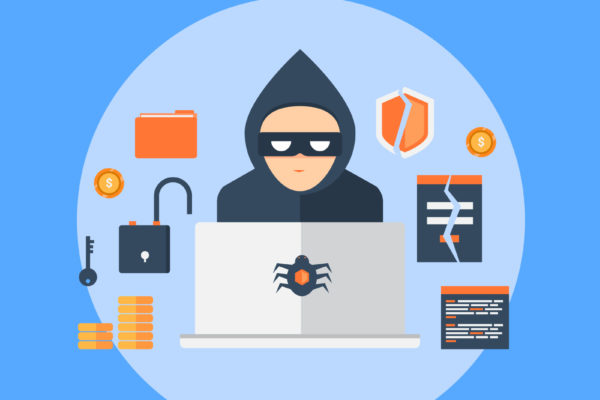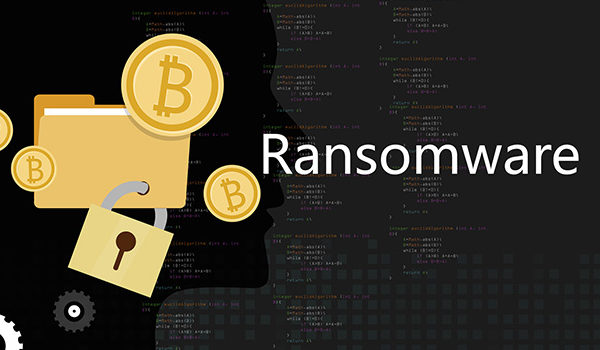Cybercrime has a long history of breaching security and privacy, but with each year passing, this trend is advancing in multiple ways with the latest technology. Only in 2017, two billion worth of data was compromised, which grew to 2.5 billion in the first six months of 2018.
To save yourself from getting your privacy breached, you better know the most common cyber threats of 2019 for prevention is better than cure.
Phishing
Phishing is the most advanced threat of the year as new Phishing kits are introduced in the dark world every now and then. These kits are so easy to go through, and someone with standard knowledge of technical stuff can run his attack. Seeing the fast-growing trend, 2020 is expected to have a chain of advanced Phishing attacks.
Phishing attackers work on a social level as they fake their IDs by pretending to be someone they target. Once they entrap the host, they trick them into getting valuable information and wrecking their lives.
AI (Artificial Intelligence) Support
AI is utilized in almost every new domain these days like cybersecurity. As all the big companies are using AI algorithms to prevent threats and hackers, but this has proved to be a blessing in disguise for hackers. Cybercriminals have also learned ways to cope with the advancement.
As AI systems are automated, they also let the hacker keep his real identity intact with no special effort. A few ways are:
- Criminals use Artificial intelligence for their safety as AI’s functions help optimize various elements for this purpose. These hackers use evasion methods to stay anonymous and undetectable.
- Hackers also utilize artificial intelligence in phishing as it provides channels with which one can pass through cybersecurity.
- AI can not only help you unlock new channels to attack, but also generate writing emails and calling your victims after collecting their information to sound like an acquaintance.
MITM (Man-in-the-middle) Attack
This is one of the most creative attacks ever as it not only allows the attacker to hijack a conversation between a client and a server. The attacker steals the IP address of the client and replaces it with a fake one, and the server keeps the conversation assuming him to be the same person. This way, sensitive information can be stolen and manipulated to serve the purpose of the attack.
The Drive-by Attack
In this, the attacker finds a poorly secured website and plants a malicious code to any of its pages. Whoever opens this page is redirected to the website controlled by the hacker. One does not have to download anything or click on a special spot to get infected.
This attack could be an email in your spam folder, one of your favorite websites or an old app.
To prevent any cyber threats, keep your anti-virus software and apps updated.



